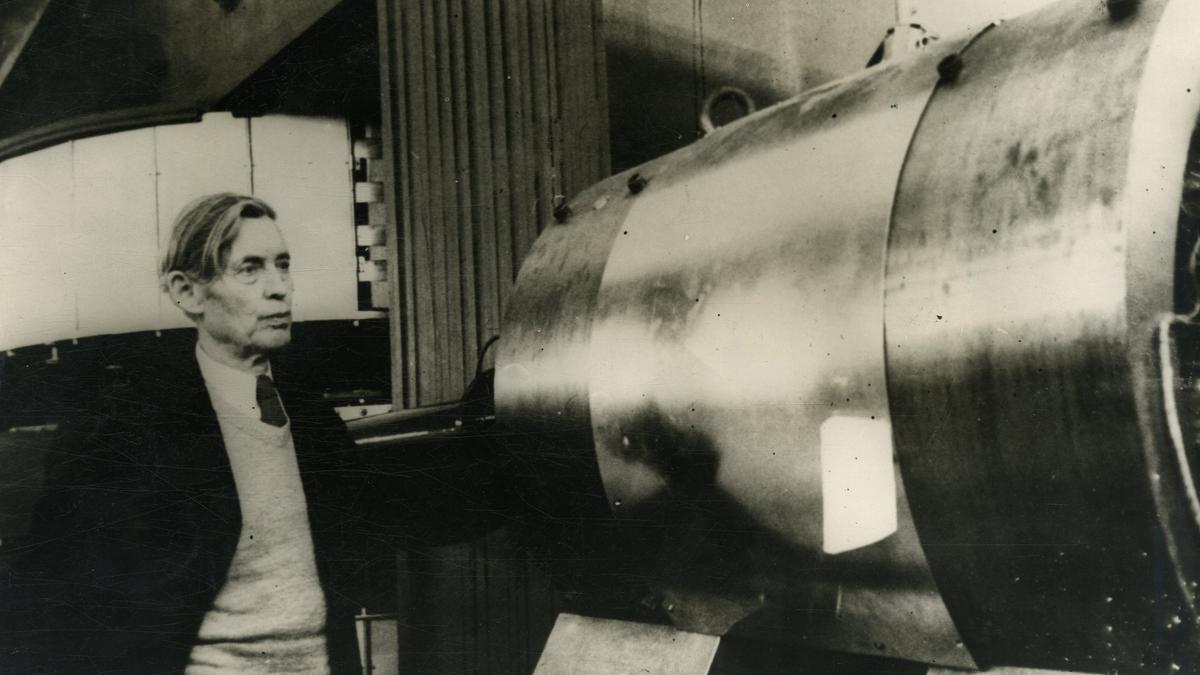[ad_1]
It’s a major problem for homeowners, insurers and investors, as shown by this month’s Los Angeles blazes that partly or completely incinerated more than 14,000 structures, including several thousand homes, according to local authorities.
While wildfire risks for the area were broadly known, what surprised almost everyone has been the ferocity of the disaster. That’s when specialty analysts are supposed to fill the void by finding new ways to anticipate the threats of an increasingly unsettled world.
Wildfire risk is notoriously hard to predict because of factors such as rising temperature levels, as well as different vegetation, wind speeds and topographies. It’s also one of the few natural disasters where human intervention — the use of fire retardants, for example — can materially alter the outcome.
“When an area has very little or no inherent risk, you don’t need a lot of variables to assess risk levels, and the models tend to agree,” said Tammy Nichols Schwartz, senior director of analytics at Guidewire Software Inc., an insurance solutions provider. As the perceived threat gets greater in an area, “the accuracy of the models can vary tremendously.”
Moody’s RMS Event Response estimates that insured losses from the Los Angeles wildfires will range from $20 billion to $30 billion. That’s on top of the $79 billion, or 60% of the $132 billion of total wildfire losses, that insurers paid out globally over the last decade, according to Munich Re.
Wildfires are “a complicated peril to model,” said Julia Borman, an industry expert at Verisk Analytics Inc., which works with the insurance industry on catastrophe modeling. What makes the process especially challenging is the homes and buildings that “you’re trying to protect are often providing the fuel for the peril,” she said.
In high-risk areas, models work best when there is a large amount of granular data. How close are homes to one another? Is there a “defensible space” between a structure and the surrounding area so the fire department can safely defend a structure? Are there vents through which through which wind-borne embers can enter?
Global warming adds another layer of complexity when forecasting wildfire frequency and intensity. Models have to be updated “every year or two because the climate is changing so rapidly,” said Daniel Ward, director of model development at Karen Clark & Co.
California, where wildfire risk levels are particularly high, recently announced plans to build the country’s first “public wildfire risk model” with the goal of improving loss forecasts and helping insurers set fair and accurate insurance rates. Verisk said earlier this month that it was first in requesting a review of its wildfire model by the California Department of Insurance.
Two wildfire-risk models dominated the market between 1997 and 2020, according to Guidewire’s Schwartz. Each used only three variables and the results didn’t always agree, she said.
Today’s risk-assessment tools, including one developed by Guidewire, incorporate a lot more variables such as wildfire history, fire-suppression capabilities and maximum annual temperature, Schwartz said.
It’s not always enough. Guidewire’s 2023 model included an assessment of high winds, but not hurricane-force winds. The ruinous fires that occurred that year in Hawaii provided a stark lesson. In that fire, it turned out that the wind from an offshore hurricane played a big role in reigniting fires that destroyed the town of Lahaina.
“Our new wildfire model will incorporate maximum wind speeds at each location, regardless of the cause,” Schwartz said.
Still, investors are skeptical whether risk modelers will ever nail down all the variables behind fires like the ones in Los Angeles.
Icosa Investments rarely invests in catastrophe bonds with material exposure to wildfires, said Chief Executive Officer Florian Steiger. “When you look at the models, there’s a divergence between modeled losses and economic reality,” he said.
Neuberger Berman will invest in multi-peril “cat bonds” that are issued by large insurers such as Allstate Corp., according to managing director Sophie Ware.
Still, Neuberger worries about “inadequate pricing given the known unknowns in the modeling,” she said.
More stories like this are available on bloomberg.com
Catch all the Business News, Market News, Breaking News Events and Latest News Updates on Live Mint. Download The Mint News App to get Daily Market Updates.
MoreLess
[ad_2]
Source link




